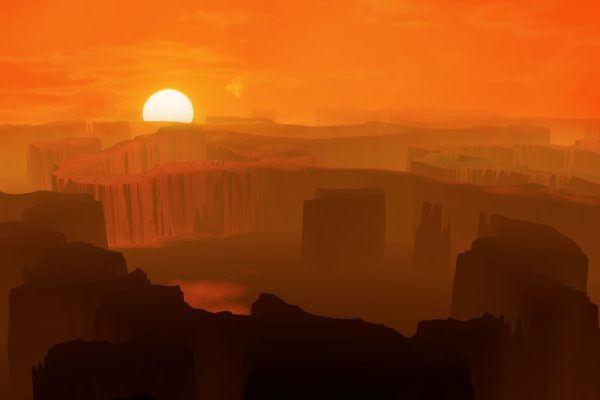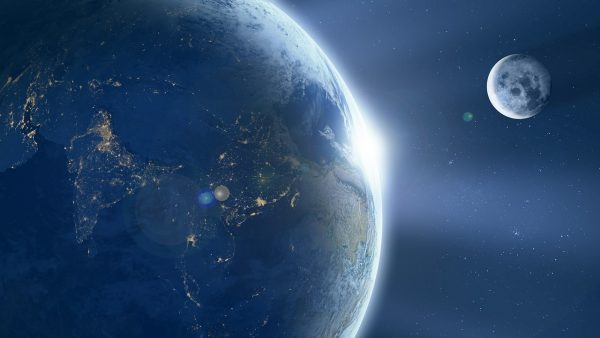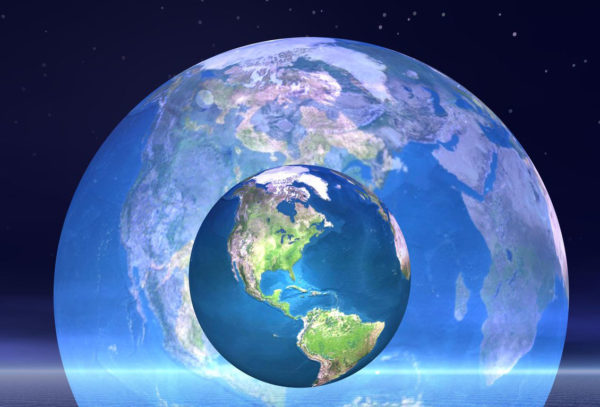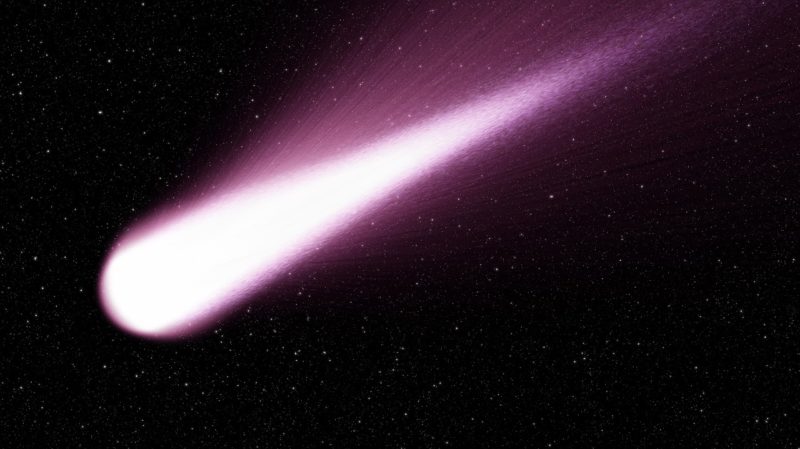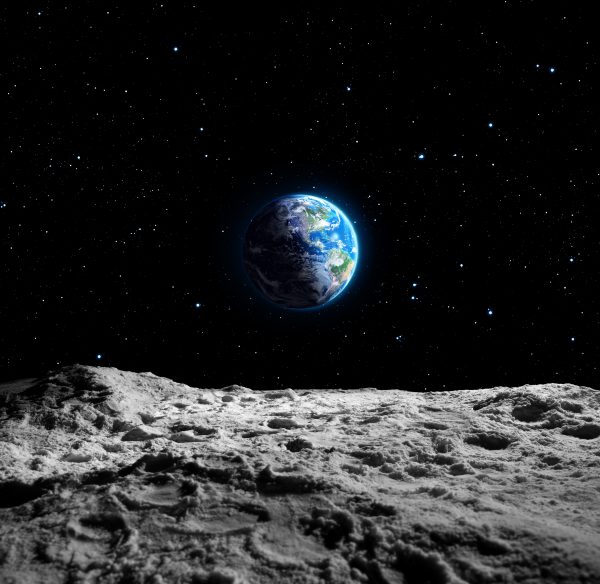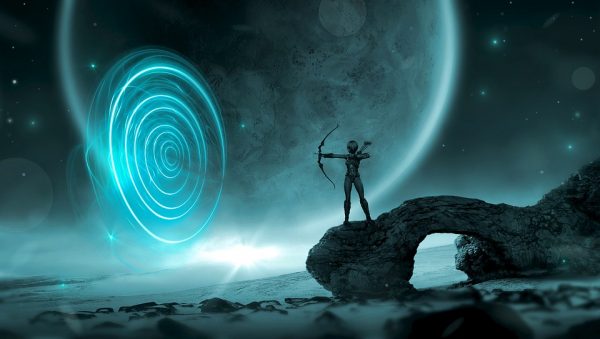FOR WRITERS: A Paucity of Earths
FOR WRITERS Today’s writer topic comes from QSFer Jim Comer: Earthlike worlds are in a distinct minority in our galaxy. Space travel is likelier to take us to worlds where we’ll live in tunnels and caves. Who has used this in their fiction? Who’s assumed it as a norm? How is life different? Writers: This is a writer chat – you are welcome to share your own book/link, as long as it fits the chat, but please do so as part of a discussion about the topic. Join the chat: FB: http://bit.ly/1MvPABV MeWe: http://bit.ly/2mjg8lf



